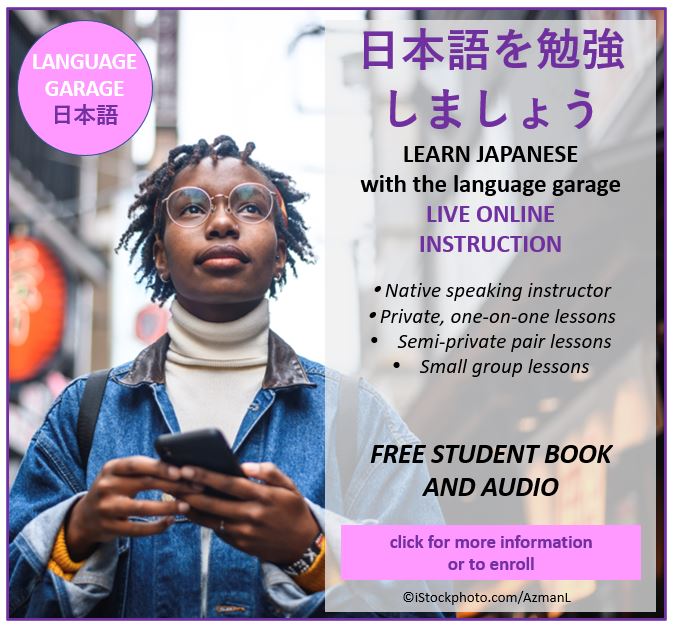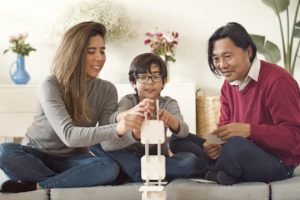正月 Shogatsu: Celebrating the Japanese New Year
正月 Shogatsu, the Japanese New Year, is one of the most important and widely celebrated holidays in Japan. Observed from January 1st to January 3rd, the holiday is steeped in centuries-old traditions, cultural practices, and meaningful customs. These customs emphasize family, gratitude, and renewal. While its origins are rooted in both Shinto and Buddhist practices, Shogatsu has evolved into a blend of ancient rituals and modern festivities that showcase Japan’s unique cultural heritage.
Traditions and Customs of Japanese New Year
Preparation for Shogatsu begins in late December with a custom known as 大掃除 osoji (big cleaning.) Families thoroughly clean their homes to purify the space for the upcoming year, symbolizing a fresh start. Decorative items such as 門松 kadomatsu (pine and bamboo arrangements) and 注連縄 shimenawa (sacred straw ropes) are placed at entrances to welcome the gods of good fortune and ward off evil spirits.
On New Year’s Eve, families gather to enjoy 年越しそば toshikoshi soba (year-crossing noodles). This soba dish symbolizes longevity and resilience. According to tradition, eating these noodles is a way to cut ties with the hardships of the past year and to set the stage for a prosperous future.
At midnight, many people visit Shinto shrines or Buddhist temples for 初詣 hatsumode, the first prayer of the new year. Bells are rung 108 times in a ceremony called 除夜の鐘 joya no kane. This Buddhist ritual dispels the 108 earthly desires and cleanses the soul for a fresh start. Shrines and temples are bustling with visitors during the first days of January. Visitors collect お守りomamori, which are charms or amulets that bring blessings for health, success, and happiness.
Typical Celebrations of Japanese New Year
The first three days of January are a time for relaxation and family bonding. Businesses and schools close, allowing families to spend time together and reflect on their goals for the coming year. Children eagerly receive お年玉 otoshidama, small envelopes containing money, from relatives. Adults enjoy leisurely meals and traditional games like かるた karuta (a card game) or 福笑い fukuwarai, a game similar to pin-the-tail-on-the-donkey.
Another cherished custom is the sending and receiving of 年賀状 nengajo, New Year’s greeting cards. These postcards often include designs featuring the zodiac animal of the year. They are a way to express gratitude and maintain connections with friends and family.
Traditional Foods of Shogatsu
A highlight of Shogatsu isおせち料理 osechi ryori, a meticulously prepared assortment of dishes packed into multi-tiered lacquer boxes. Each item in osechi holds symbolic meaning. For example, 黒豆 kuromame (black soybeans) represent health, 数の子 kazunoko (herring roe) symbolizes fertility, and 伊達巻 datemaki (a sweet rolled omelet) signifies wisdom. 餅 Mochi, or rice cakes, also play a central role in Shogatsu, with dishes like お雑煮 ozoni (mochi soup) being a staple on New Year’s Day.
Historical and Religious Significance of Shogatsu
Shogatsu’s roots trace back to ancient agrarian traditions and rituals that honored the Shinto deity お雑煮 Toshigami, the god of the new year and harvest. The incorporation of Buddhist practices, such as 除夜の鐘 joya no kane, have further enriched the holiday’s spiritual significance. During the Meiji era (1868–1912), Japan adopted the Gregorian calendar. This aligned Shogatsu with January 1st and blended traditional practices with modern influences.
Shogatsu is a time of joy, reflection, and renewal in Japan. With its rich tapestry of traditions, delicious foods, and deep cultural significance, it exemplifies the values of gratitude, family, and hope.
Get on the road to speaking Japanese with the Language Garage!
We hope you’ve enjoyed learning a little bit about 正月 Shogatsu, or Japanese New Year. If you’re interested in learning more, check out our other posts on Japanese language, culture, and more. And if you’re looking for convenient and affordable live Japanese lessons with a real teacher, check out the Language Garage. Our lessons are given online in a virtual classroom, so it doesn’t matter where you live or work – we can come to you. And we have flexible options, with a free trial so that you can decide if there’s a fit. Check us out!
Image source Wikimedia Commons






